Article continues below
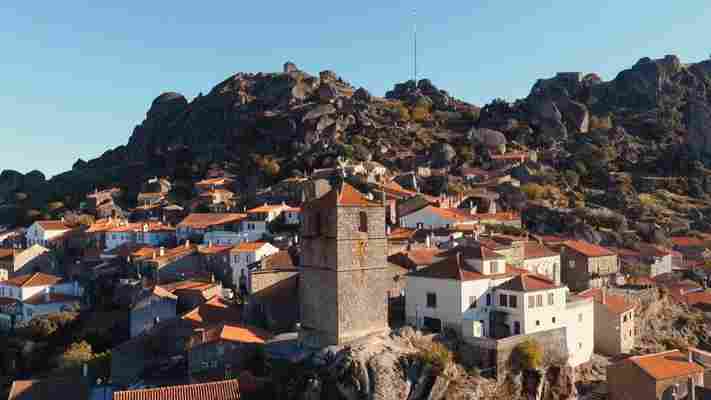
Portugal, Monsanto, village
Located in Portugal’s undulating Beira Baixa countryside, just 25km from the Spanish border, the ancient village of Monsanto rises high above a valley on the slope of a steep hill.
Here, the narrow, cobblestone streets are carved into the rocky landscape, and the houses are squeezed on, between and under gigantic granite boulders weighing up to 200 tonnes that are strewn about the mountain. Because of its otherworldly setting, where rocks serve as roofs and walls for the village’s roughly 800 residents, Monsanto (‘Holy Mountain’) has changed little since it was first carved from stone some 500 years ago.
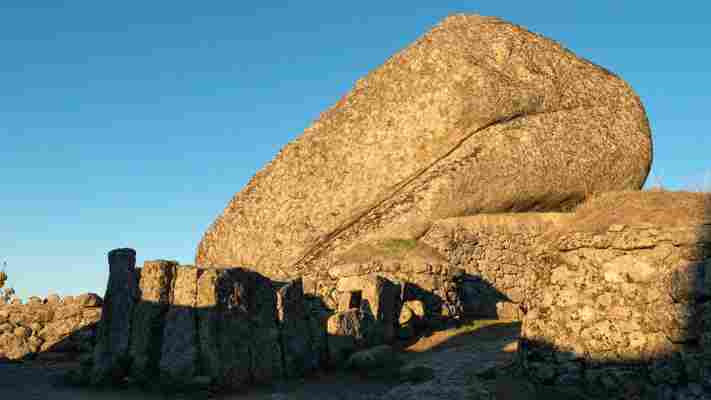
(Credit: Carlos Pinota)
Thanks to its ancient appearance, Monsanto was voted ' the most Portuguese ' town in a 1938 national contest. Since then, building restrictions have allowed it to survive as a sort of living museum.
Today, Monsanto is listed as one of 12 official Historical Villages of Portugal.
The narrow streets of the village’s historic heart are too steep for cars, so residents walk at a snail’s pace up and down paths that snake around the bedrock, stopping frequently to catch their breath. Red-roofed houses are either carved directly into the granite boulders, squeezed between them, or both – often appearing dwarfed and as if they might be crushed. And in the case of Casa de Uma Só Telha, or ‘House with Only One Tile’ (not pictured), the entire roof is formed by one sloping slab.
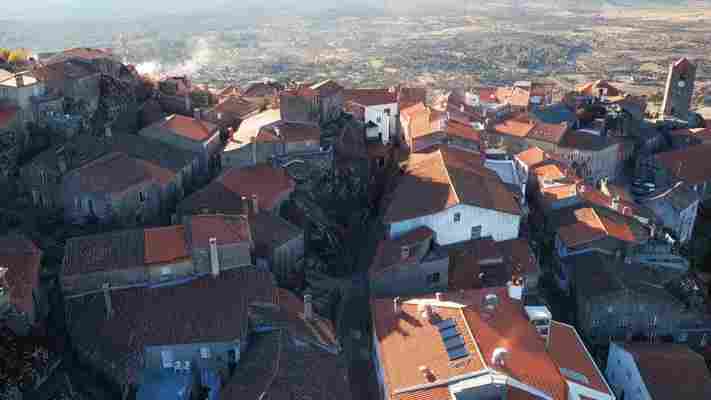
Portugal, Monsanto, village
Because of its strategic position high atop the mountain, Monsanto has long been coveted by anyone who has ever stepped foot in Portugal’s sun-soaked central-east valley. Occupied by the Romans, invaded by the Visigoths and conquered by the Arabs, it was the Templars who subsequently constructed the hilltop castle in the 12th Century, which still presides over the village.
(Credit: Carlos Pinota)
You never know in Monsanto, if the house is born of the rock, or if the rock is born from the house. – Local saying.
Portugal, Monsanto, village
In addition to living in boulder homes and playing adufe (a traditional Moorish instrument), many elderly women in Monsanto still create and sell pagan-inspired marafona dolls.
Marafonas are made by attaching wooden sticks in the form of a cross and wrapping it in colourful traditional dresses. The faceless dolls are believed to possess protective powers and are associated with a Portuguese fertility cult. Traditionally, marafonas have been placed under the beds of newlyweds – especially on their wedding night.
Each year in May during the Festa da Divina Santa Cruz de Monsanto, women still bring marafonas to Monsanto’s abandoned hilltop castle where they sing, dance and pray for fertility during the Festival of the Divine Holy Cross.
(Credit: Carlos Pinota)
Villagers here have always lived off the land. Wander Monsanto’s narrow paths and you’ll see shelters carved into the granite for pigs, chickens and other livestock, and it’s not uncommon to see shepherds leading their sheep and goats through the middle of the village. There’s even a tale about how one animal helped save Monsanto from invasion.
According to legend, during a year-long siege of the village, residents were down to their final cow and bag of wheat. They decided to feed all the wheat to the cow, and then heaved the fat animal from the ramparts of the castle down on their enemies. When the engorged animal splattered, the would-be invaders were amazed at how much food the besieged village still had and thought that if a lowly cow could remain healthy during a year-long attack, the village would surely survive, and they retreated.
While residents no longer toss cows, the event is still celebrated in a far less gory way each May during the Festa da Divina Santa Cruz de Monsanto, when villagers in traditional dress parade up to the citadel carrying a pot of flowers. When they reach the top, they break the pots open, letting the flowers spill down on onlookers below to commemorate and celebrate Monsanto’s survival.
(Credit: Carlos Pinota)
In the last century, Monsanto's inhabitants have preferred to move towards the less rocky foothills of the mountain, which is accessible by cars and buses. Today, the top of the bluff is only populated by around 100 people.
“We don’t live in the Stone Age anymore,” said Maria Amélia Mendoça Fonseca. “We don’t want to change our village, but we want to enjoy conveniences of modern times.”
Until roughly 20 years ago, villagers atop Monsanto’s steep slopes were primarily farmers who relied on donkeys for transportation. Now, many work in nearby Idanha-a-Nova and some have internet inside their stone homes. Others have opened small souvenir shops to supplement their modest pensions or incomes.
(Credit: Carlos Pinota)
Some of Monsanto’s residents have started transforming their dwellings into restaurants , cafes and guesthouses – like 68-year-old José Manuel Amaral Esteves, who recently opened a B&B with his wife inside two abandoned boulder homes.
Some villagers fear that this higher, historical part of the town is in danger of dying off. But as long as curious visitors continue to climb the steep slopes to spend the night in rock B&Bs, marvel at mysterious marafonas and eat inside granite slabs, ancient Monsanto may prove to withstand another test of time.

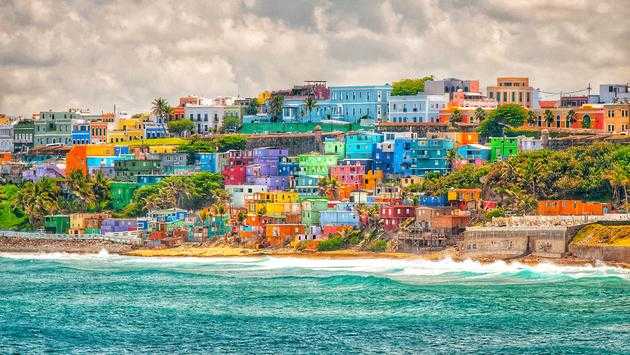


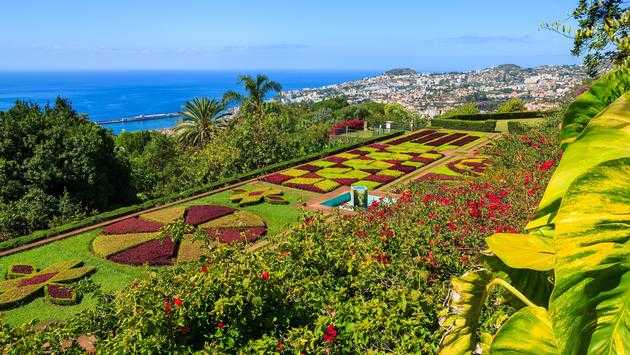

Leave a Comment